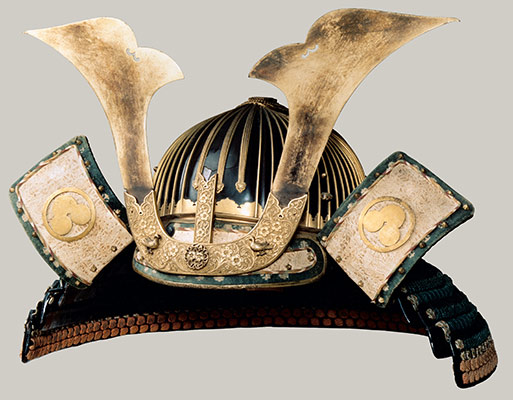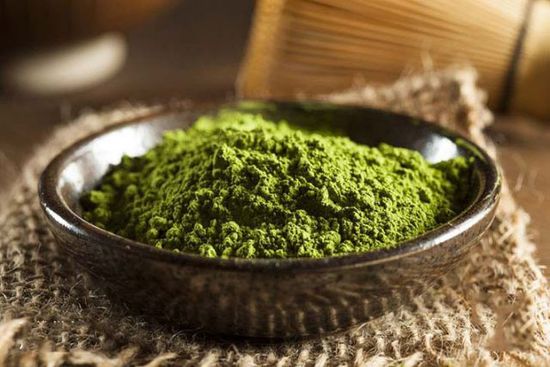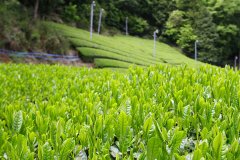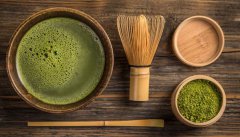What is matcha powder made of? a step course on how to make matcha green tea powder at home.
Of the thousands of teas in existence, none can compete with matcha green tea-it is smooth, delicious, rich in taste, and has all those wonderful health benefits.
But before you sip this delightful tea again, take a minute to learn more about this unique drink that was once available only to Japanese aristocrats. We will detail everything about matcha green tea-its history, culture, health characteristics, and how to make it-so that you can improve your enjoyment and get the most out of each mouthful.
History
There is nothing better than to enjoy traditional Japanese matcha.
But does tea really come from Japan?
The origin of this unique tea can be traced back to the Song Dynasty (960-1279) in China. During this period, Zen Buddhists began to use a kind of Yulu tea called Yulu tea to make powdered tea. After steaming and drying the tea, they pick the leaves-called "ground tea"-and ground it into a powder called "matcha" (matcha).
In 1191, a Zen master named Eisai came to Japan to learn matcha and introduced it to Japan. Although this kind of pink tea has gradually lost its popularity in China, the Japanese still like it and regard it as an important part of Zen temple rituals. In addition, with the increase in consumption, the Japanese continue to improve the process of making matcha.
For many years, however, only shogunate generals and aristocrats could drink matcha because its production was very small. Then, in 1738, Hasegawa invented a method of making matcha, a much more efficient method and a standard still in use today.

Tradition and culture
Matcha green tea has a long and rich history, but also has an extraordinary culture and tradition.
The early Zen Buddhists who first invented matcha also seem to feel the benefits of this tea-they believe that drinking it makes them clearer, more focused and calmer, and it has become an integral part of their meditation. (for more scientific reasons, we will discuss later that the properties of matcha are related to raising energy levels while making you relaxed and stress-free.)
Japanese samurai also understand the power of tea, and it is said that they drink matcha before fighting to gain more energy and attention.
Making tea is quite another matter. Traditionally, it is performed in a tea ceremony called chanoyu. The performance looks simple, but it may take nearly a decade to master all the steps.) Every action of the ceremony is planned and choreographed, with great emphasis on spirituality, serenity and silence-it is about being completely focused on the present and immersed in every action.
Finally, the traditional Japanese tea ceremony reflects the principles of harmony (harmony), respect (respect), purity (clarity), and serenity (silence). Matcha green tea powder has such a delicious and luxurious taste, which deepens the meditation and serenity of the ceremony.

How is matcha made?
Let's take a look at the harvest of this delicious matcha green tea.
First of all, the leaves of fried tea should grow in the shade for 20 days. By doing so, when the leaves turn black, it slows down the growth of the leaves, increases the content of chlorophyll (because the color darkens), and produces amino acids. What is the result of the combination of these natural effects?
They help to produce and improve the incredible health benefits of matcha green tea.
There, only the best tea buds are picked by hand and steamed, which is a Japanese way to deal with tea. Tea, known as "grinding tea", is placed in a rotating cylinder full of ceramic-covered magnets that bounce quickly and collide with each other to slowly and finely grind the tea to keep it alive.
Finally, we got delicious matcha green tea, which we call Grade A matcha.
Important Notice :
前街咖啡 FrontStreet Coffee has moved to new addredd:
FrontStreet Coffee Address: 315,Donghua East Road,GuangZhou
Tel:020 38364473
- Prev

List of top brands of famous Japanese green tea producing areas
Japanese tea production methods all over the world, the most effective way to stop the oxidation and fermentation of tea is heating. The process is to heat the tea on a heated surface for a period of time. As the only way to protect tea from oxidation today, this technology has become more and more popular. Most tea farmers use large heating surfaces to heat their tea. In Japan, this technology is not
- Next

The nutritional value, efficacy and function of matcha the correct edible method of mixing matcha powder without particles
Equipment needed to prepare tea bowl tea ladle tea towel tea box matcha preparation steps when making traditional matcha, use the tea bowl, tea ladle and tea ladle, follow the following steps: preheat the tea bowl with boiling water to awaken the cells, aroma and taste of the matcha powder in the bowl. make the tea set wetter. Pour out the water and dry the bowl with a clean cloth. Scoop 2 grams of matcha powder (4 teaspoons per 6-8 ounces of water)
Related
- Beginners will see the "Coffee pull flower" guide!
- What is the difference between ice blog purified milk and ordinary milk coffee?
- Why is the Philippines the largest producer of crops in Liberia?
- For coffee extraction, should the fine powder be retained?
- How does extracted espresso fill pressed powder? How much strength does it take to press the powder?
- How to make jasmine cold extract coffee? Is the jasmine + latte good?
- Will this little toy really make the coffee taste better? How does Lily Drip affect coffee extraction?
- Will the action of slapping the filter cup also affect coffee extraction?
- What's the difference between powder-to-water ratio and powder-to-liquid ratio?
- What is the Ethiopian local species? What does it have to do with Heirloom native species?

